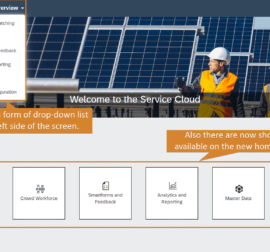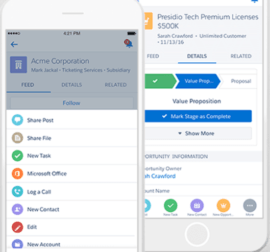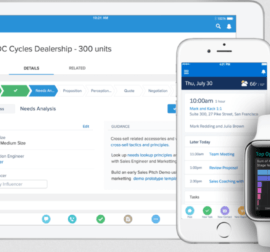 Contact us
Contact us SAP Commissions and it’s possibilities
Does your sales team have a lot of sales reps? Does your company have a wide range of products? Do you wish you could test adjustments in Compensation plans beforehand, without affecting live data? Do you find it hard to manage and keep track of all those different Compensation plans? Do you still use an excel spreadsheet to manage Compensation plans?
If you answered “yes” to any of these questions, SAP Commission’s cloud solution may be just the right choice for you.
With SAP Commissions, as a part of the SAP Cloud portfolio, you can manage Compensation plans, steer focus of your sales reps any direction you need, product or territory wise. And you can do all of that with ease. In this blog we will have a look at some of the tools in the system that make it possible.
What can SAP Commissions actually do?
Let’s take a simple example of a business process to make clear what is really the role of SAP Commissions.
Example of the process:
- The sales rep makes the sale.
- The transaction is entered into a CRM system (if you use SAP Commissions you probably use some sort of CRM as well).
- Transaction and order data are imported to SAP commissions.
- After an administrator runs the pipeline, the calculation of payment is carried out.
The Pipeline
When talking about running the Pipeline, we should shed some light on what the Pipeline actually is. It is the key part of SAP Commissions – the calculation engine. After setting up all the rules, tables, variables, conditions, the Pipeline can be run and it will calculate specific payments for specific positions in given period.
The stages of a pipeline run can be described as follows:
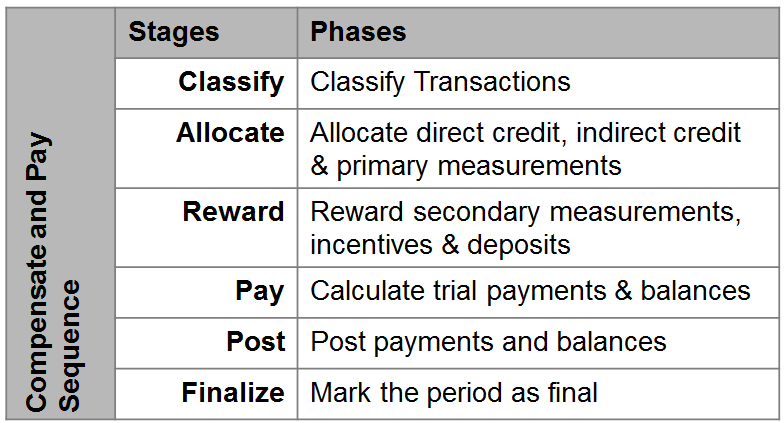
Model tool
If you need to know if the adjustments you plan to make in a Compensation plan are going to work as expected, there is a great tool in the system just for that. With the Model tool you can simulate planned changes in advance, simulate results in various scenarios using historical data. Therefore you can do that without actually changing or even messing up the current “live” Compensation plan.
Key benefits
Now that we already have an idea about SAP Commissions and its role in a business process, we know some of the possibilities in the system, let’s review some more functionalities, since there are many more of them to take advantage of.
- Admins can manage and create complex commissions plans with drag-and-drop interfaces, using predefined templates.
- You can take advantage of prescriptive AI analysis and recommendations to perfect your plan’s effectiveness.
- You can run calculations for different teams and territories.
- Sales reps can be paid as you choose – monthly, weekly, daily.
- The number of errors in payments will probably drop significantly.
- Disputes can be resolved effectively via the Dispute center and are fully traceable.
- It is possible to integrate with all major ERP and CRM systems.
- It’s easier to keep sales reps motivated and fully informed since they can see key information at any time and on any device – real-time attainment or key performance metrics.
What is needed to build a solid Compensation plan?
After reviewing some strengths of the system, knowing how those could be helpful in the everyday life of a sales rep, it’s time to dive a bit deeper. In this section we will review some of the core elements of SAP Commissions that we need to set up in the system in order to build a Compensation plan.
Business unit
- Setting up a business unit can be used to separate divisions or parts of an organization so you can use a different types of Compensation plans in each business unit.
Participants
- Participants are usually the payees. A participant can also be individuals or groups that are allowed to see some of the reports, without being a payee themselves.
Event types
- Event types have to be set up to define the type of sales activity that is later used for the calculation of a commission (shipping, invoicing, billing).
Positions
- A Position represents a particular job role in your organization.
- Positions can exist in the system even without an actual Participant connected to it.
Titles
- A title is used to group together a number of Positions that share a similar style of compensation in the organization.
Territories
- A Territory can represent not only an actual territory from geographical point of view but also a set of products or even a particular group of customers type.
Compensation plan
- The main element that we need to set up in SAP Commissions in order to be able to reward our valuable sales reps.
- A Compensation plan is what we call a set of rules and other elements, grouped together, that specify in detail how a participant will be compensated.
- Compensation plans are connected to a Title. An organization can have more Compensation plans as different Titles will have different types of compensation structures.
Components contained in a Compensation plan:
Credit rules
- In Credit, rules will be identified if a particular Participant has to be paid, depending on his Position and transactions that have been done.
Measurement rules
- In Measurement rules the transaction will be evaluated to identify what will be the commission paid for.
Incentive Rules
- Incentive rules are used to get the amount of money to be paid, depending on the rate type. These rules tend to be the most complex ones.
Deposit rules
- Deposit rules will are used to get the time of paying out.
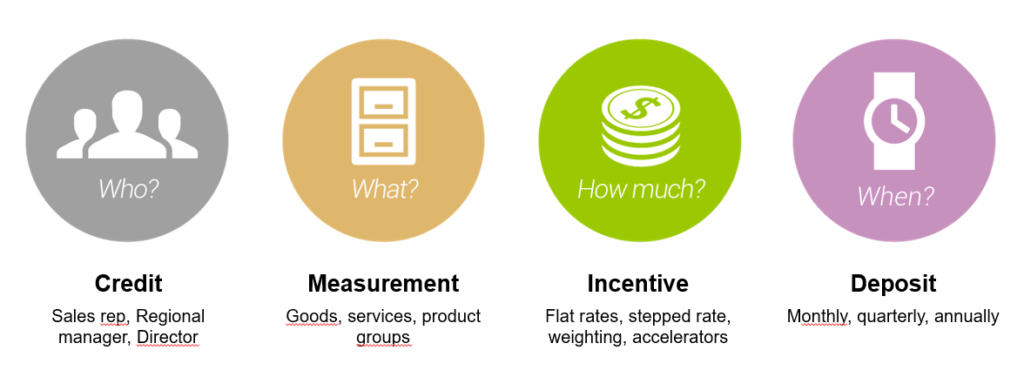
There are more elements in the system for you to utilize and to perfect your Compensation plans. Amongst those, we can find Hierarchies, Rate tables, Lookup tables, Fixed values, Variables, Formulas, etc. Nevertheless, the purpose of this blog is not to get too deep into technical details.
Would like to know more about the possibilities of SAP Commissions? Do not hesitate to contact us via the contact form.
Vojtěch Skalník, CRM consultant
